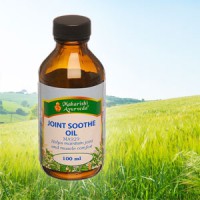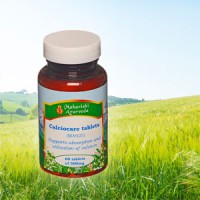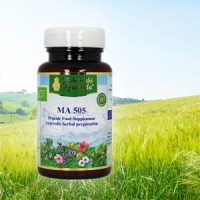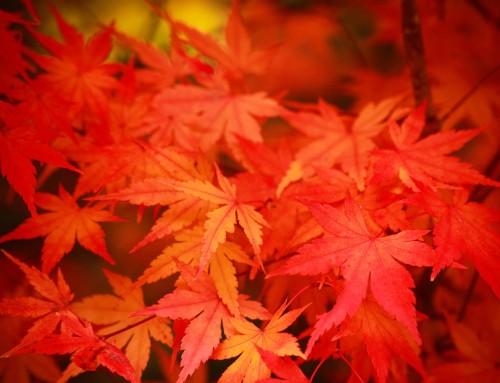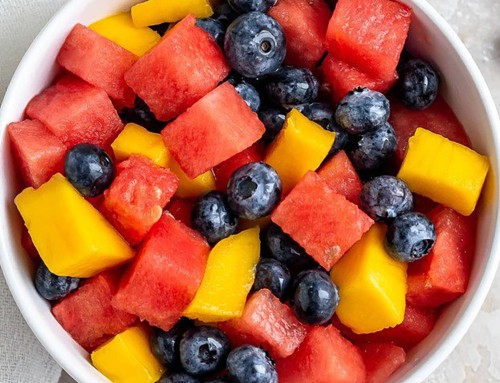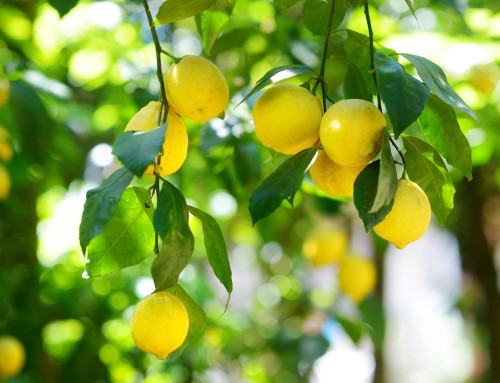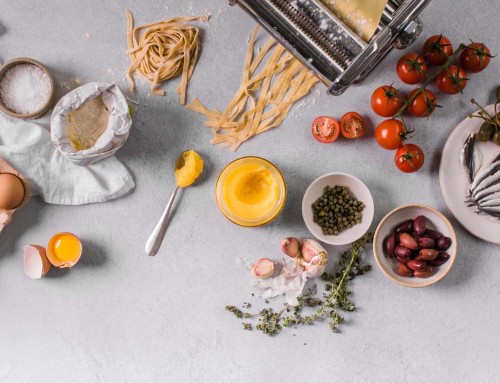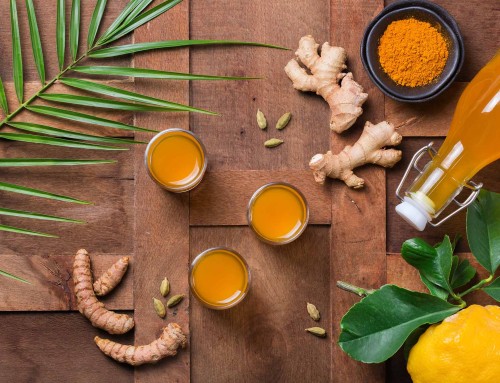
Help for Achy Joints
Do your joints feel stiff or ache when you bend them? Or does the rainy, cool spring weather make you feel achy all over?
More than 10 million people in the UK have arthritis or other similar conditions that affect the joints. Arthritus affects people of all ages, including children.
Here is the ayurvedic perspective on maintaining the health of your joints as you age.
Dry (Vata-Related) Joint Problems
According to Maharishi AyurVeda, there are actually two types of joint problems.
The first one starts when the dry, fast-moving Vata dosha (the mind-body operator that governs the circulation and nerve impulses) goes out of balance.
This imbalance in Vata dosha can cause circulation, digestion, and ability to absorb food to weaken.
If these imbalances are not corrected, over time the bone tissue will not receive enough nourishment and eventually will degenerate. A drying effect on the lubricating fluid in the joints causes pain, a cracking sound, and difficulty bending.
Foods and Lifestyle Habits to Help Dry Joints
If you have this type of joint problem, a Vata-pacifying diet and daily routine can help to pacify the dry, rough Vata dosha. It’s important to include all six tastes (sweet, sour, salty, bitter, astringent and pungent) in your diet, but at the same time favour the sweet, sour and salty tastes, as these help pacify Vata dosha. Eat less bitter, astringent and pungent foods, as these increase roughness and dryness in the body.
Other healthy foods included in the Vata-pacifying diet are grains such as quinoa, rye and amaranth, cooked in water with a small amount of ghee (clarified butter); freshly-cooked organic vegetables; split mung dhal soup; and sweet, organic, juicy fruits. It’s important to eat a diet rich in calcium, including high-quality organic milk and vegetables such as spinach, kale, asparagus, and collard greens. Flavour foods with spices such as turmeric, cumin, ginger, fenugreek, and asafoetida (also called hingu). Avoid caffeine and other acidic foods, as these destroy the ability of the body to absorb calcium.
At the same time, follow a Vata-pacifying daily routine:
- Go to bed before ten o’clock at night, and rise before six a.m.
- Avoid too much stimulating activity at night, such as watching television right before bed.
- Eat your main meal at noon, and eat a light, nourishing dinner early in the evening.
- Engage in some mild exercise, such as walking for half an hour a day plus gentle yoga asanas.
- Practice the Transcendental Meditation® program on a regular basis to dissolve stress and calm your mind.
- One of the best things you can do for this type of joint problem is a daily ayurvedic oil massage (abhyanga) to improve circulation and settle Vata dosha.
Herbs to Help Vata-Related Joint Problems
Joint Soothe (MA4572), the herbal formula for this type of joint problem, has a special name in ayurveda — santarpana, which means “nurturing.” Based on this nurturing theory of santarpana, Joint Soothe tablets are a precise combination of herbs that nourishes and supports the bone tissue and joints, and enhances the lubricating fluid of the joints.
Calcium absorption is usually a problem with this type of joint problem. Take Calciocare (MA925) to provide nutritional support to the bones. This remarkable herbal formula supplies your body with 500 mg of bioavailable calcium a day — and at the same time enhances your body’s ability to absorb calcium from calcium supplements and the foods you eat.
Joint Problems Caused by Digestive Toxins
The second type of joint problem begins when digestive impurities (ama) and the heavy, cold Kapha dosha — which governs structure and lubrication in the body — start collecting in the joints.
Characterized by a heavy, stiff feeling, this type of joint problem can sometimes be triggered by a bout of cold, wet weather during spring (Kapha season).
That is the first stage. If nothing is done to dissolve the impurities and they sit in the joints for a long time, eventually the toxins become more irritating and reactive in nature, causing the joint to become inflamed, swollen, and painful. In this kind of environment, impurities also mix with the natural lubricating fluids in the joints, forming an extremely sticky, toxic substance that restricts mobility and disturbs circulation. Eventually the structure of the joints and the bone itself become damaged. Once these morphological changes happen to the joint and bone, the problem becomes extremely difficult to correct.
Yet it can be prevented in earlier stages with simple dietary and lifestyle changes.
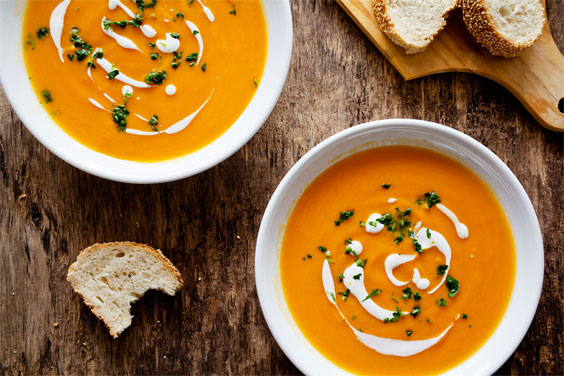
Foods and Lifestyle Habits to Reduce Ama
For this type of joint problem, follow a light, ama-reducing diet consisting of warm, light, dryer foods that are easy to digest.
Eat more nourishing soups and warm, freshly-cooked grains and vegetables prepared with spices to stimulate digestion. It also helps to eat a light breakfast that stimulates digestion, such as an apple cooked with prunes and figs and flavoured with cinnamon, cardamom and clove. Avoid eating leftovers or processed, frozen, canned or packaged foods, as these are difficult to digest and contribute to ama in the body.
Here are two recipes to help reduce ama:
Ama-Reducing Water
Ingredients
- 1-2 thin slices of fresh ginger
- ¼ tsp. cumin seeds
- ¼ tsp. fennel seeds
- 2 black peppercorns
- 2 mint leaves
Directions: Steep in one quart of boiling water and strain. Drink this water throughout the day to help purify the body of toxins.
Ama-Reducing Spice Mix
To keep your digestion working properly, avoid sleeping during the day, and go to bed early so you can rise before 6:00 a.m. It’s important to spend at least half an hour exercising every day, not just a few times a week. Choose a type of exercise that you enjoy. If your joints are stiff, start with walking and gentle yoga stretches. For some people this will be enough daily exercise, while others will need vigorous exercise to feel light and energetic throughout the day.
Ingredients
- 2 parts turmeric
- 6 parts cumin
- 6 parts fennel
- 1 part ajowan seed
- 2 parts fenugreek
- 1 part black pepper
Directions: Mix together and store in a jar.
When preparing vegetables or grains, sauté 1 t. of spice mixture in ghee until the aroma of the spices is released. Add vegetables and grains and sauté the mixture, or drizzle the ghee-and-herb mixture over the veggies and grains. You can also add the sautéed mixture to dhals and soups.

Herbal Formulas to Help Ama-Related Joint Problems
While abhyanga is not recommended on top of swollen joints, it can help to gently apply Joint Soothe Oil (MA929), an ayurvedic oil designed to lubricate and strengthen the joints and liquefy impurities. Joint Soothe is a highly complex formula that takes many days to prepare and contains two traditional oil formulas for strengthening the joints. One of these oil formulas, Mahanarayan Oil, a blend of sesame oil, milk, and 56 herbs, is praised in the ayurvedic texts for its effectiveness in helping circulation around the joints. Another herbal blend included in Joint Soothe Oil is known as Vishagarbha Oil, a sharp, heating, penetrating oil that penetrates the surface layers of the skin to target ama in the joints and liquefy the impurities.
Once liquefied, ama can be internally eliminated by taking the Flexcel tablets (MA1688) [Not available in the UK]. These two products work together to effectively penetrate, dissolve, and eliminate ama and to lubricate the joints to restore their natural balance. If there is a lot of ama, cleansing the body of toxins could help. Take Organic Triphala with Rose (MA505) and Detox (MA1010) and follow a cleansing diet and routine for eight weeks.
Prevention is the key. It takes a great amount of effort to get rid of reactive toxins that have circulated throughout the body and settled in the joints. So once you start taking care of your joint problem by reducing digestive impurities, be careful not to accumulate more impurities in the future. If you feel even a little stiffness or heaviness in your joints, start following these recommendations immediately.
This is truly a case of an ounce of prevention being worth a pound of cure
Of course, as joint problems can become complicated and involve both types of joint pain, it’s always best to consult an expert trained in Maharishi AyurVeda for an individualized treatment program. For rheumatoid arthritis pain relief and other arthritis treatment programs, be sure to follow the advice of your doctor.
Products to Support Joints and Muscles
DISCLAIMER: The information in this document is presented for the sole purpose of imparting education on Maharishi AyurVeda and neither the information nor the products are intended to diagnose, treat, mitigate, cure or prevent any disease. If you have a medical condition, or are pregnant or lactating, please consult a health professional and it is recommended that you speak with your physician before making significant changes to your diet or routine.

